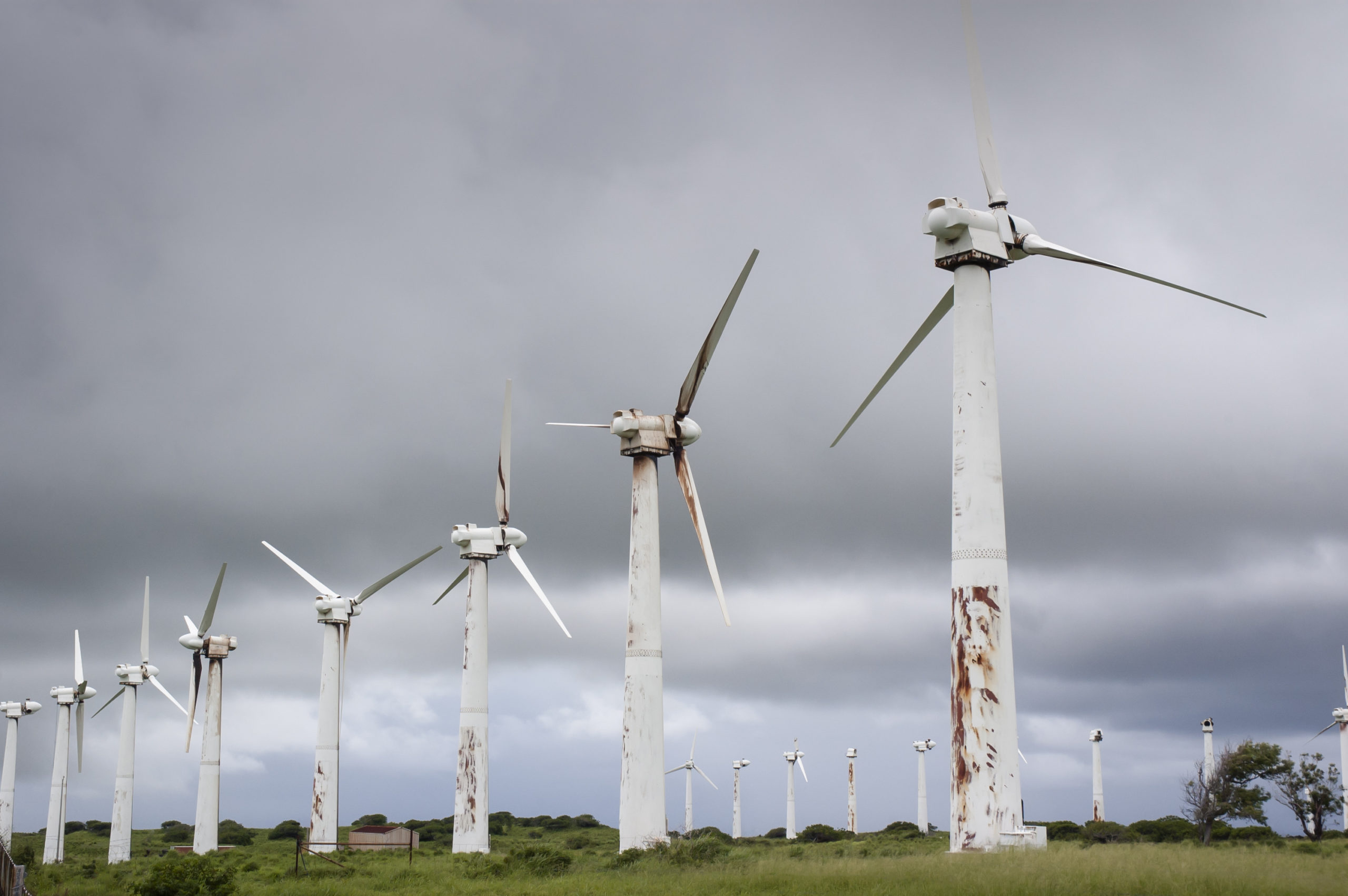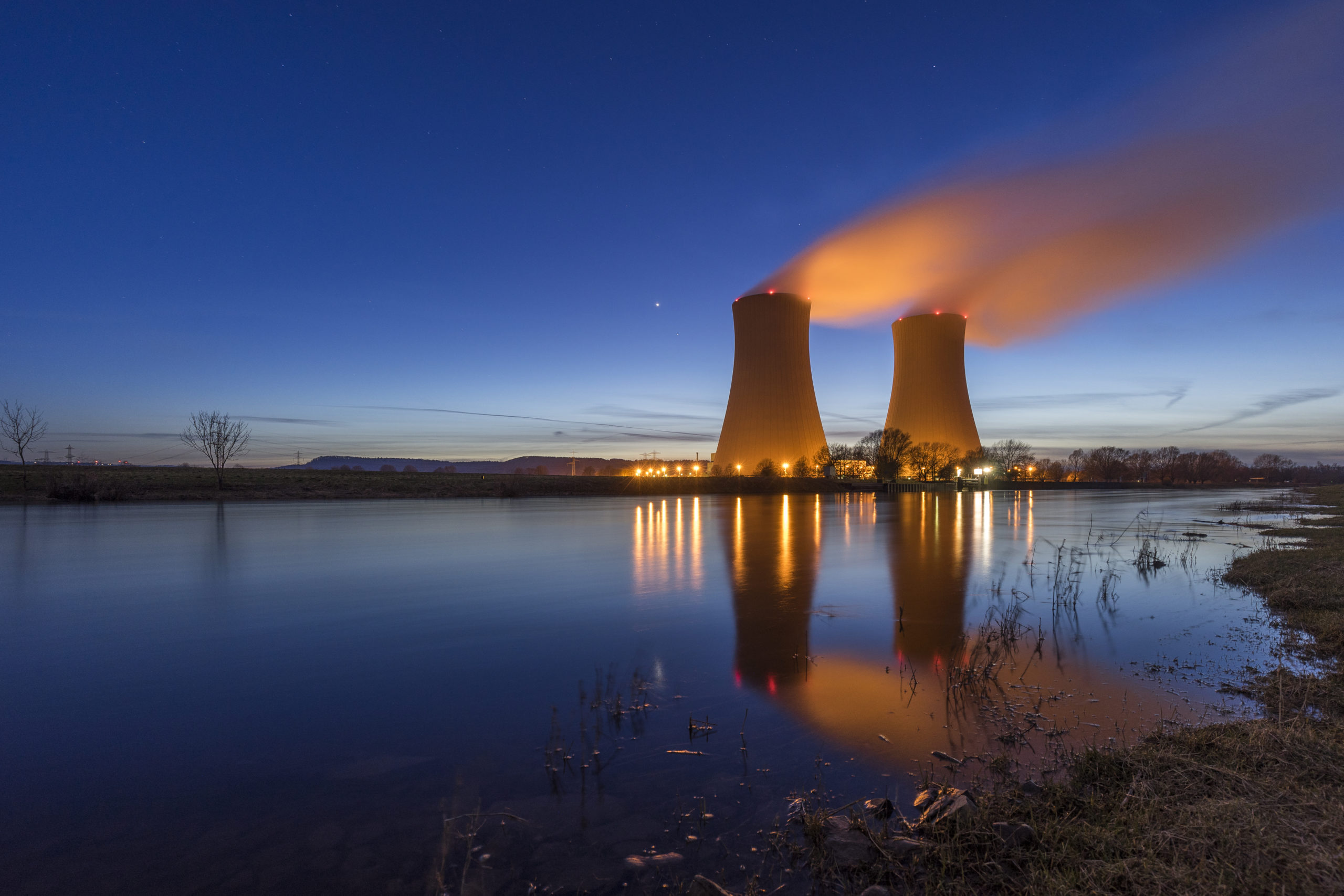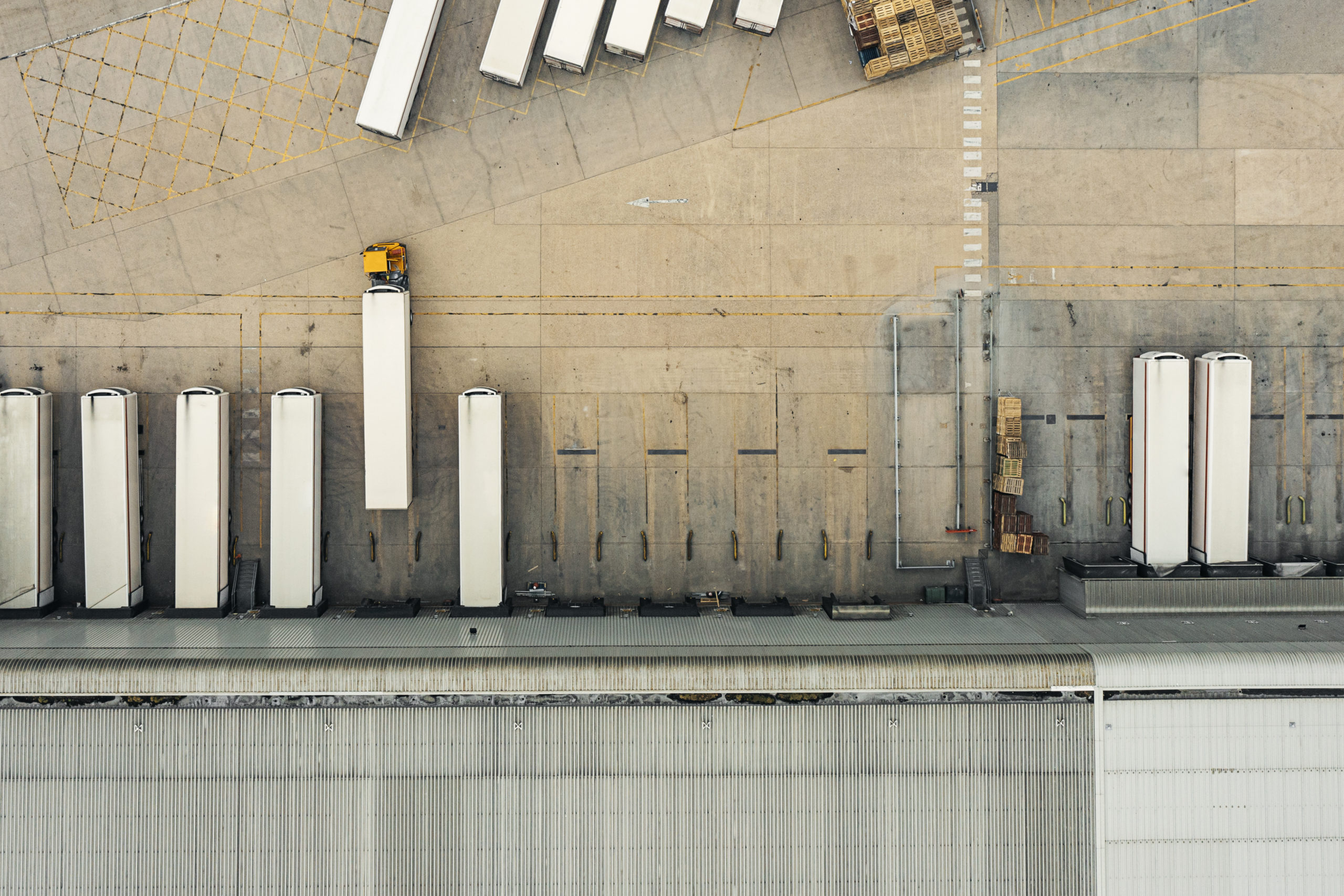Can we protect the planet without kneecapping the economy?
Stocking Coal

The Biden Administration is outsourcing pollution and weakening America’s energy reserves.
In 12 short years, the U.S. will hit the Biden Administration’s deadline for a fossil fuel-free power grid. In a previous article, I discussed the lack of resources to meet the frankly ludicrous plan to quadruple our renewable power generation and meet the arbitrary deadline of “no more fossil fuel” for a green grid. But what about coal?
Experts tell us it’s dirty, unhealthy, and “bad” for the planet. In the power industry, the recent SCOTUS ruling against the EPA’s overreach into mining has thrust coal back into the spotlight as a fuel source. There are approximately 229 coal-fired power plants in the U.S. (in contrast, there are nearly 3,000 oil/natural gas plants). China has 1300+ coal-fired power plants (85 percent of their total generation, compared with 23 percent in the U.S.). They are building new coal plants (of questionable safety and design) alongside their efforts to increase nuclear power. India has 290+ and is building 74 new coal plants.
Shiploads of American-mined coal are heading overseas every month. Powering an industrial machine with very little, if any, regard for safety or for the environment. The administration’s response (or lack thereof) to the massive pollution of foreign power plants leads to a couple of questions:
- What’s up with coal?
- Why aren’t we willing to use it in our much cleaner, stateside power plants?
The answers are: money and prestige.
Coal powered much of the industrial age—during which, the footsoldiers of climate alarmism will tell you, we messed up the planet. It was cooling, then warming, now it’s just all climate change (unless you are in the Netherlands, where the problem is once again cow flatulence). Coal paved the way for steam, factories, and automation. It was (and is) a dirty, dangerous business pulling coal out of a mine. But thanks in no small part to government intervention, countries in the West mine coal more safely and with less pollution than countries in the rest of the world.
There are, as mentioned, 229 coal plants powering the U.S. grid. There are zero under construction. To the contrary, many are being decommissioned and taken off the grid. How does this affect our already near-capacity grid, and what’s replacing the 23 percent of our total megawatts now going offline?
Officially the answer to this last question is “renewables”—specifically wind and, especially, solar. Regulators know the grid cannot support such a loss of existing generation; they are quietly asking IOUs to push back scheduled shutdowns for years (if not forever). Not only are they asking: regulators are offering to “pay” for clean coal upgrades through credits. The normal fines or cost for upgrades will be covered by the PUC.
As with the unobtainable renewable targets, why aren’t the IOUs spreading this message through editorials, press releases, or interviews? Not only because of ESG but also because of social pressure from their customer base. Utilities have millions of customers; these customers want to be seen as environmentally friendly, green, and forward-looking. Because a good relationship with customers keeps the complaints to regulators at bay, there is an incentive for IOUs to push a greener grid.
In addition, the IOUs can focus their yearly upgrade spends (in the 10s of billions a year) on badly needed power delivery upgrades—including storm hardening in the Southeast and mid-Atlantic. It’s in federal and private interest to keep coal plant upgrades quiet and direct the public toward the new solar field, which provides a tenth of the power of the very clean coal plant.
In sum, we have an administration unwilling to come clean on its real energy policy for the U.S. Fossil independence isn’t happening by 2035, and everyone in the industry knows it’s impossible with our existing technology and resources. New power or generation plants aren’t being built and coming on line due to government regulation and a lack of desire from a misinformed public. Even Michigan, with its huge natural gas resources, lacks enthusiasm for new gas plants according to a MISO administrator—never mind clean coal or nuclear.
California energy policy has become a microcosm for the U.S. energy policy; California produces zero megawatts of non-renewable power generation, but it’s OK to pull power in along the transmission corridor from a dozen other states. It’s also OK to pollute the air in other states—after all, the gulf stream blows west to east. The result? The highest electric bills in the lower 48 and a dearth of new infrastructure upgrades. Pacific Gas & Electric can’t get a rate case to pay for new poles (steel to replace the fire hazard wood), yet they are told that if there’s a fire because a line is blown over, PG&E is liable. The result: PG&E cuts the power when the winds get too high.
The Biden Administration is fine with shipping coal to the far east, where air quality regulations are non-existent. Why not pollute their air—after all, they are way on the other side of the globe. We can rely on often unpredictable renewables, and when people suffer in the winter because of policy decisions, we can blame it on “extreme weather” and call for more renewables. So what’s up with coal? U.S. energy policy is the height of hypocrisy; don’t use our resources here because of climate change, but it’s OK to support third world countries in the name of supporting the environment.
The American Mind presents a range of perspectives. Views are writers’ own and do not necessarily represent those of The Claremont Institute.
The American Mind is a publication of the Claremont Institute, a non-profit 501(c)(3) organization, dedicated to restoring the principles of the American Founding to their rightful, preeminent authority in our national life. Interested in supporting our work? Gifts to the Claremont Institute are tax-deductible.
The Right needs a total vision overhaul on energy.
Even Greenpeace now admits the obvious: recycling doesn’t work.
A case study in out-of-touch environmental regulation and its disastrous effects.
How wokeness is destroying America’s national parks.
The U.S. government must come clean on energy goals and incentives.






